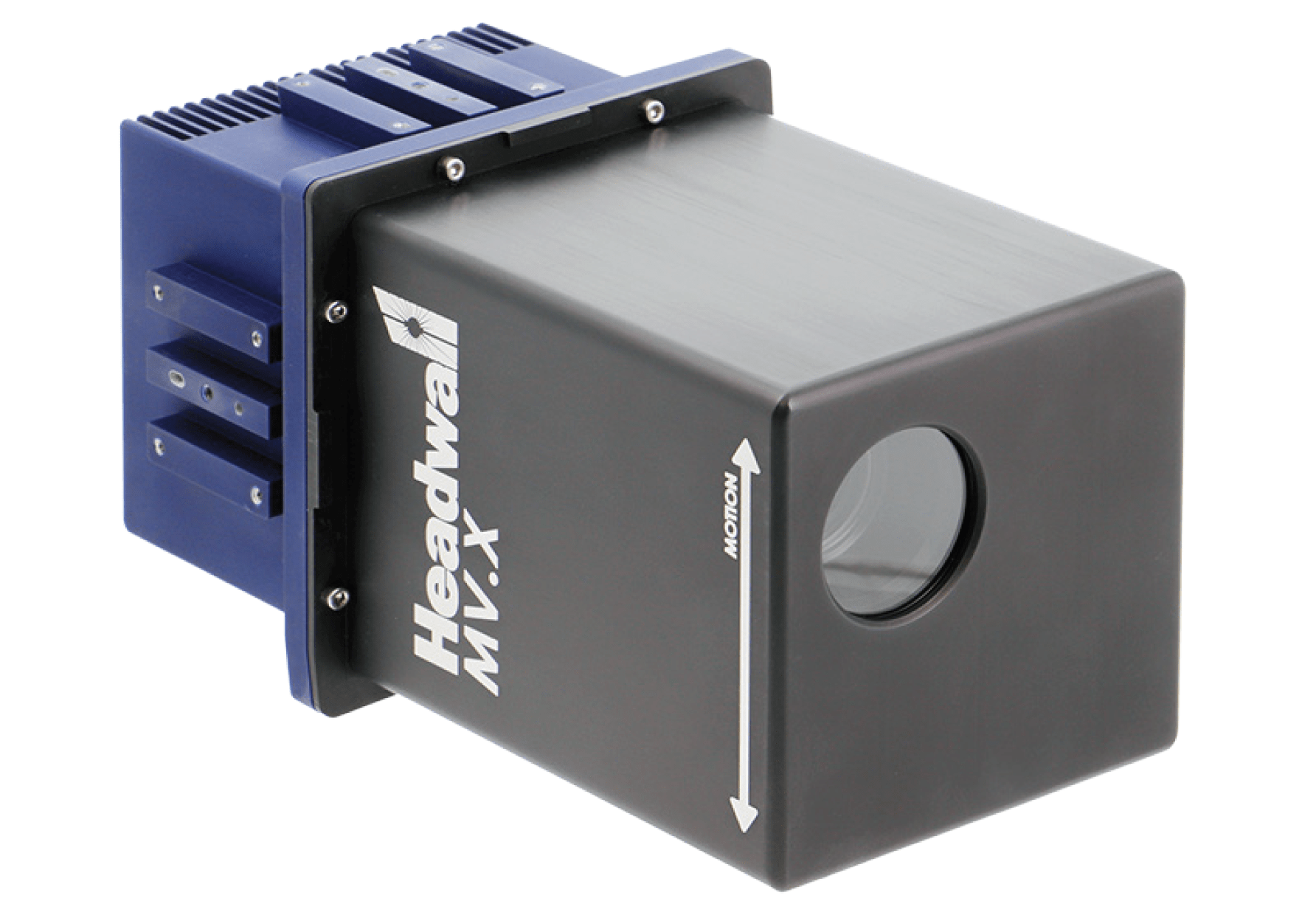Hyperspectral imaging (HSI) is a highly precise and non-intrusive method that captures high-resolution spectral images from objects. By capturing a series of images, each containing data from a narrow spectral band, the HSI sensor creates a hyperspectral cube, where each pixel in the image contains a complete spectrum. This technique allows for the identification of materials based on their distinct spectral signature. Above is the MV.X system we can integrate into your current production lines. for more information on it’s capability see MV.X
HSI sensors operate by dividing incoming light into several narrow spectral bands, ranging from ultraviolet to near-infrared regions of the electromagnetic spectrum. The sensor measures the intensity of light at each wavelength, and the data is processed using various algorithms to produce a spectral signature of the object being imaged.

In the food industry, HSI has several applications, such as quality control, food safety, and inspection. HSI detects foreign materials like stones, plastics, and glass in food products, defects in fruits and vegetables, such as decay, mold, and bruising. It can also detect the ripeness and freshness of fruits and vegetables and identify different varieties of fruits and vegetables.
One study published in Food Control explored the use of HSI for detecting aflatoxins in peanuts, toxic and carcinogenic compounds produced by certain fungi that can contaminate crops like peanuts, cottonseed, and corn. HSI identified the spectral signature of the contamination, which enabled accurate detection and quantification of aflatoxin. This study proves the potential of HSI as a food contamination detection tool.
Another study published in Food Analytical Methods investigated the detection of E. coli bacteria in ground beef through HSI. The researchers used HSI to identify the spectral signature of E. coli in ground beef and successfully detected its presence with high accuracy. This study showcases the potential of HSI for food safety in the meat industry.
In conclusion, hyperspectral imaging sensors provide a non-intrusive and non-destructive way of identifying materials based on their spectral signature. In the food industry, HSI has many applications, and ongoing scientific research continues to explore its potential in areas such as food safety, quality control, and inspection.
For more information on why implement hyperspectral imagery please follow this link. https://citeseerx.ist.psu.edu/document?repid=rep1&type=pdf&doi=bc5a6e243b6ffcd79e1892974f02699194b01426

